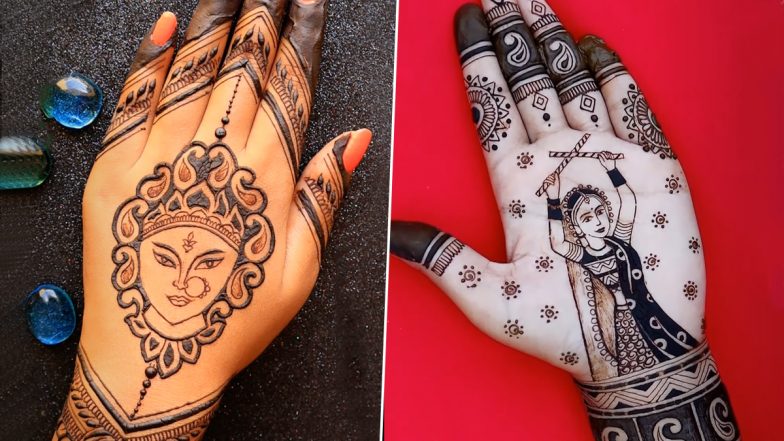Stanley C. Hunt says it’s hard to describe how he felt in May 2021 when he heard around 200 potential burial sites had been found at the former Kamloops Indian Residential School.
But the product of the B.C. artist’s grief is now on display in a Gatineau, Que., museum that’s a short distance from the seat of the government that allowed Canada’s residential school system to upend the lives of Indigenous children and families.
Hunt, a Kwaguʼł master carver from Tsax̱is (Fort Rupert) on B.C.’s Pacific coast, processed 2021’s grim reminder of the schools’ destructive legacy by designing and building a stark monument etched with the faces of unsmiling youth.
“In fact, some of them are dead,” Hunt said. “I wanted this to tell the truth about a time in our history that’s really dark and should never have happened.”
Official unveiling on Monday
The monument’s public inauguration will take place at the Canadian Museum of History on Monday at 6 p.m., on the National Day for Truth and Reconciliation — a day to reflect on the legacy of residential schools.
Often operated by the Catholic Church with support from the federal government, the schools were a tool to assimilate Indigenous peoples into settler society, ripping thousands of children away from their families and cutting them off from their culture and language.
Dozens of reports from the period 1880 to 1996 — when the schools operated — and after have highlighted the cruel fates of children in the institutions, which included sexual and physical abuse and, in some cases, death.
Those findings, among others, are encapsulated in the Truth and Reconciliation Commission’s final report, released in 2015 after years of testimonies from survivors, community members and families.
Hunt’s parents attended the residential school at Alert Bay, B.C., he says, while Hunt is a Sixties Scoop survivor.
He’s hopeful his work — now permanently housed at the Gatineau museum, across the Ottawa River from Parliament — can help people heal.
The monument’s main section was carved out of a massive red cedar tree trunk. Each child’s face is framed inside a square, surrounded by orange trim.
A cross containing an upside-down maple leaf and the acronyms “RCMP” and “NWMP” (for the North-West Mounted Police) looms large on the front.
Those symbols are flipped on their heads to reflect the complicity of police, the church and the federal government in the residential school system, Hunt said.
“Some people might be offended by seeing a cross upside down. But I’m pretty offended by the reason that it’s upside down,” he said.
A two-metre-tall raven crouches atop the monument. The lighting of the museum’s lower-level Four Seasons Salon — the memorial’s dedicated space — makes it so that the raven casts a shadow on one wall.
High windows on the salon’s opposite wall look down from the Canadian Children’s Museum area.
Part of the raven’s beak is orange because, as Hunt explained, “he’s holding the seed of life. He’s gonna help us find these children. He’s gonna be asking their spirits to come home.”
Despite the museum setting, people are allowed, even encouraged, to touch the monument, Hunt said. He noted that elders who inspected the piece during its long journey from B.C. to Gatineau felt compelled to do so.
“People actually reached out and hugged it and they told their [stories] about residential school,” he said.
Its base was even shaped so that people can sit on it, said Kaitlin McCormick, a curator at the museum.
“We feel really privileged to have been chosen by Stan to be the permanent home for his work,” she said.
Admission to the museum is free on Monday. The unveiling ceremony can also be watched live on Facebook and YouTube.
Support is available for anyone affected by their own experience at residential schools or intergenerational trauma, or by the latest reports.
A national Indian Residential School Crisis Line has been set up to provide support for survivors and those affected. People can access emotional and crisis referral services by calling the 24-hour national crisis line: 1-866-925-4419.






